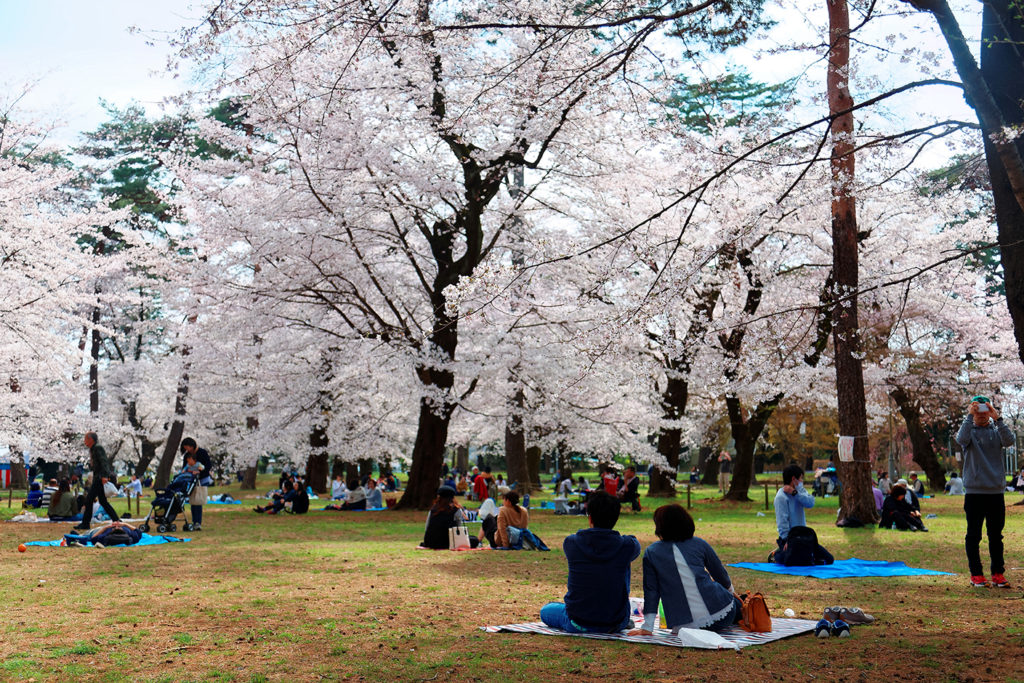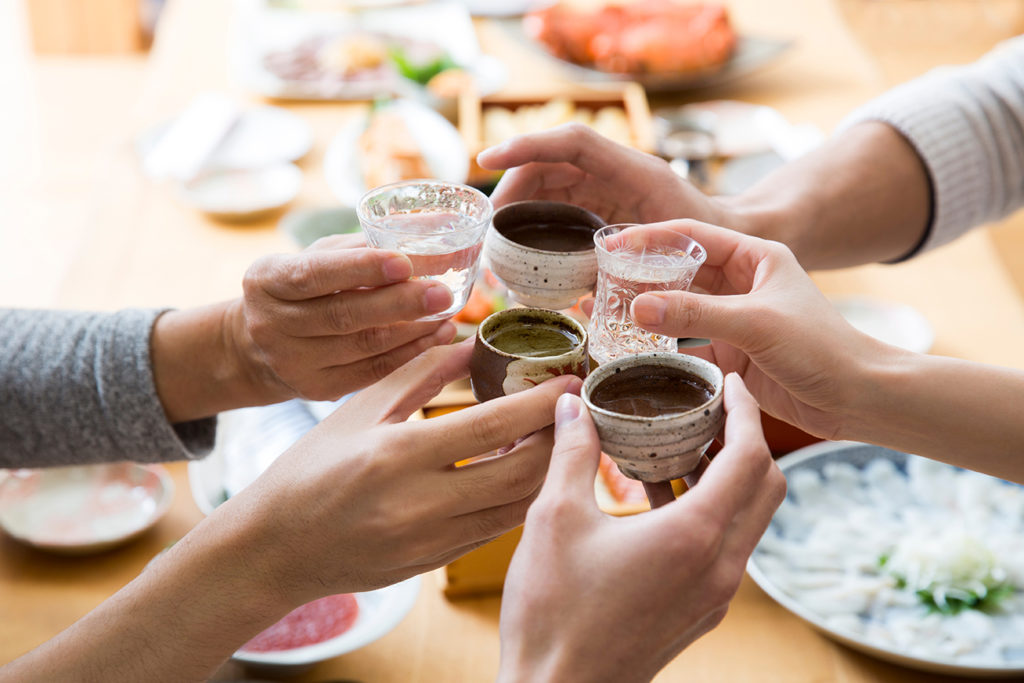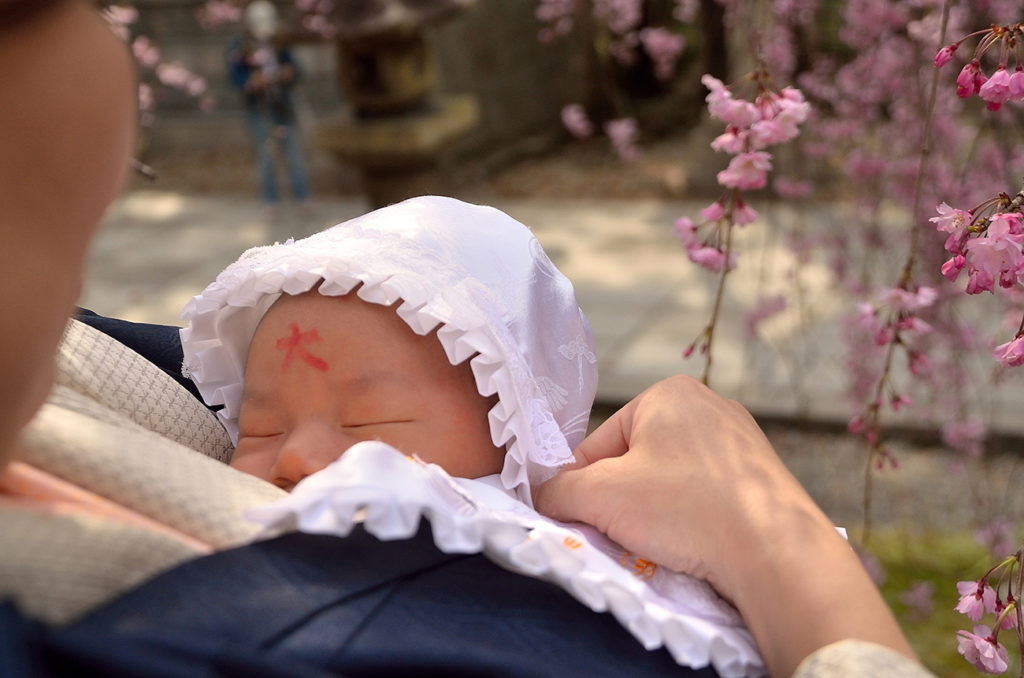
Unique Japanese Culture and Traditions
Japan has a rich, colorful culture dating back to the country’s prehistoric period known as the Jōmon period between 14,000 and 300 BCE. The culture and traditions of Japan are unique because of its island-nation geography as well as its isolation from the outside world during the Tokugawa shogunate regime.
Over the years, Japan’s culture and traditions have been influenced by other Asian countries, America, and Europe as well as other natural factors such as land, natural resources, and seasonal climate. Borrowed ideas from other countries are infused with existing customs to become something distinctly Japanese.
Here are some examples of the unique culture and traditions of Japan:
Celebrating Bōnenkai and Shinnenkai parties for New Year
Bōnenkai (忘年会 literally ” ‘forget the year’ gathering”) is a Japanese drinking party held at the end of the year among close friends or groups of co-workers while shinnenkai (新年会, literally “new year gathering”) is the Japanese tradition of welcoming the New Year by yet again drinking alcohol. What a fun way to end the year!
Women receiving chocolates a month after Valentine’s Day
White Day (ホワイトデー Howaito Dē) is celebrated a month after Valentine’s Day in Japan. Women and girls usually give their men friends gifts of chocolate as an expression of love, social obligation, or courtesy every 14th of February. On White Day, March 14th, the men return the favor by giving gifts to the ladies such as white chocolate, cookies, or jewelry.
A newborn’s traditional Shinto rite of passage
Miyamairi (宮参り) literally “shrine visit”, is a Japanese newborn baby’s traditional rite of passage. Parent or grandparents bring the child to a Shinto shrine, traditionally 31 days after birth for a boy and 33 days after birth for a girl, but today, most miyamairi are practiced between a month and 100 days after birth. This practice is to show gratitude to the deities for the birth of the child as well as to request a shrine priest to say a prayer for the baby’s health and happiness.
Sakura Viewing and Hanami Parties
Hanami, or flower viewing, is the Japanese custom of enjoying the transient beauty of the sakura flowers (hana). The cherry blossom forecast (sakura-zensen) is announced by the Japan weather bureau and usually begins in early March to early May with schedules that vary depending on the area. There’s always something new and exciting to experience in Japan!



